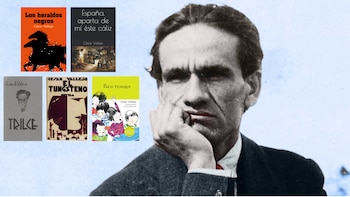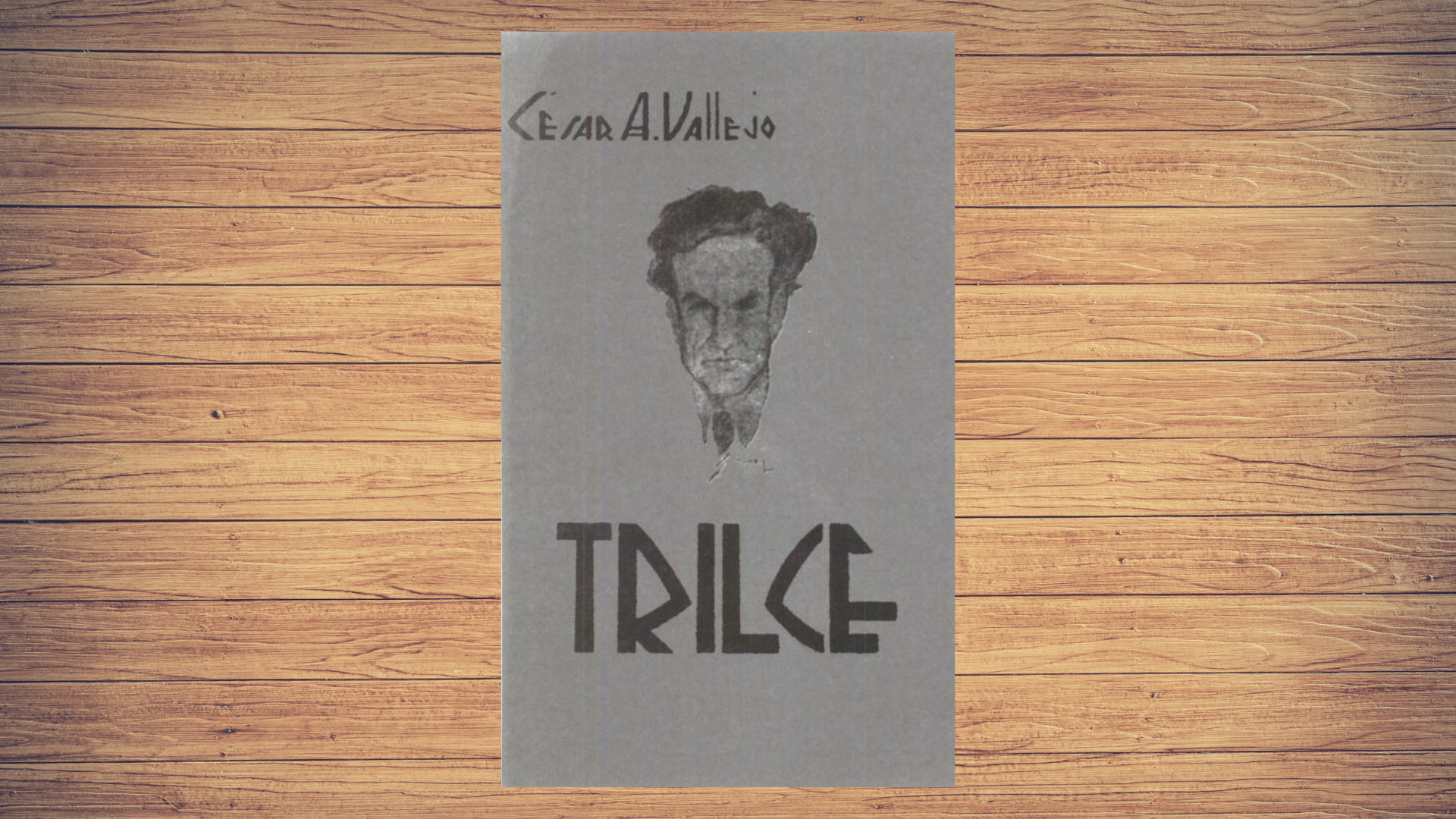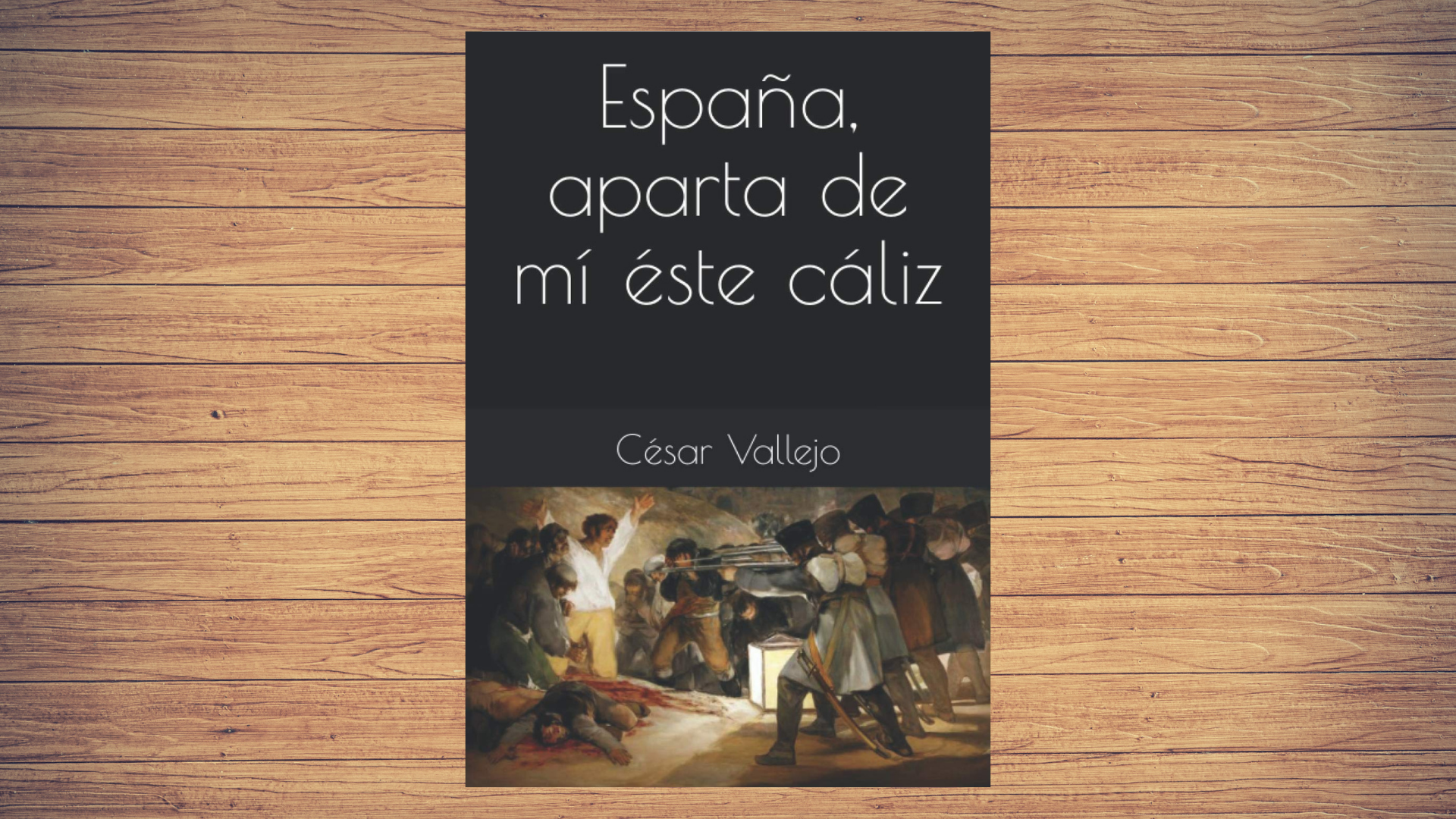
In Santiago de Chuco, Peru, on March 16, 1892, exactly 130 years ago, a boy was born who later critics would describe as a “universal poet”: César Vallejo. According to the critic Thomas Merton, “the greatest Catholic poet since Dante, and by Catholic I understand universal”. According to Martin Seymour-Smith, “the greatest poet of the 20th century in all languages”. Its influence is indisputable and, for that very reason, phenomenal. He left a transgressive work that became classic and essential.
“Cesar Vallejo was, and is, still read today, a universe. Chaotic, lacerated, perverse, contradictory. But also: bright, sensitive, intelligent”, wrote Gabriela Saidon in her article César Vallejo, the poet who predicted his own death. It was in the sonnet “White stone on black stone” that he wrote: “I will die in Paris in a downpour,/one day of which I already have the memory. I will die in Paris — and I don't come — /maybe on a Thursday, as it is today, in autumn.” He died in 1938. He was 46 years old.
The Black Harbingers

Poetry: the genre that Vallejo worked the most. The Black Heralds is his first work. He wrote it between 1915 and 1918 but it was published in 1919, albeit dated 1918. because he decided to wait for his friend Abraham Valdelomar to write the prologue, although in the end he did not succeed. The print run of the work is little, but it still gave something to talk about. The critics highlighted its “renewing tone”, a new sensibility and a powerful originality.
For Marco Martos, this book shows that Vallejo “brought something of its own and peculiar: his traditional, archaizing and tenderness language, typical of the people of his province, Santiago de Chuco; a great security in his art; the intimate conviction that literature in general, and poetry in particular, are forms of tradition, but at the same time time of rupture because every good reader seeks continuity, but also variation”.
Trilce

Trilce is Vallejo's greatest work, the most remembered. At the time it was criticized. Readers already in the years said it was “nonsense”; for young people, “pose”. It was published a hundred years ago, in 1922, in the city of Lima. He started writing it in 1918. In October, the 200 printed copies began to circulate. It featured the foreword by Antenor Orrego and a pencil portrait of Vallejo by Víctor Morey Peña on the cover.
In December 1921 he won a literary prize for his short story “Beyond Life and Death” and with that money he was able to afford part of Trilce. But there was a problem at the printing press. The original title of the book “Bronze Skulls” and he planned to sign it under the pseudonym of César Peru, but his friends convinced him not to take that path. The problem was that the first three pages had already been printed; replacing those three sheets cost money.
In the book César Vallejo. Itinerary of man, Juan Espejo Asturrizaga tells that Vallejo “repeated three, three, three, with that insistence he had on repeating words and deforming them, tressss, trissss, triesss, triesss, tril, trilssss. His tongue stuck and on the lisp came out trilsssce... trilce? Trilce? He stayed in suspense for a few moments and then exclaimed: 'Well, it will bear my name, but the book will be called Trilce'”.
In an interview in 1931, the poet said that “Trilce doesn't want to say anything. I did not find, in my eagerness, any word with the dignity of title, and then I invented it: Trilce. Isn't that a beautiful word? Well, I didn't think about it anymore: Trilce”. The previous year, 1930, Trilce was published in Spain and obtained a sort of resurrection. From then on, it could be said, the world understood its value: it is one of the most disruptive poems in world history.
Tungsten

Once in Europe, settled in Madrid, Vallejo published a social novel in 1931: Tungsten. He agreed with Editorial, which is looking for works for his new collection entitled “The Proletarian Novel” and wrote it in three weeks. The idea — the sketches, the characters, the scenes — was born between 1921 and 1923, and by 1927 it was well advanced. That same year, 1927, Vallejo published in Amauta magazine a “chapter of an unpublished novel” entitled “Wisdom” that would be included in El tungsten.
When he arrived in Spain in 1930 he resumed his writing and, when he got a publishing house, he published it. It is a work that portrays communist agitation and indigenism as a revolutionary movement, denounces imperialist penetration into Peru and the role of the local oligarchy in this political tragedy. The characters are tensed around political and social life. At that time, the People's Party was founded in Peru and the Communist Party entered into local politics.
Yunque Park

A short story: “Paco Yunque”, written in 1931 and published in 1951. Many stamps sell it as a stand-alone book. In some sense, this story is. It tells the story of a poor child who is bullied by a colleague, Humberto Grieve, son of his mother's bosses. “The story, which its editor rejected because it was' too 'sad, would become a compulsory reading text in Peruvian schools,” Saidon says in his article on Vallejo.
It begins like this: “When Paco Yunque and his mother arrived at the door of the school, the children were playing in the yard. The mother left him and left. Paco, step by step, went ahead to the center of the courtyard, with his first book, his notebook and his pencil. Paco was afraid, because it was the first time he saw a school; he had never seen so many children together. Several students, little ones like him, approached him and Paco, increasingly shy, stuck to the wall and turned red.”
Spain, take this chalice away from me

In January 1939, nine months after his death, it was published in Spain Spain, take this chalice away from me. Republican soldiers of the Eastern Army printed it at the printing press of Montserrat Abbey, in Catalonia. It is framed in socialist realism and consists of a set of fifteen poems. It is a book inspired by the Spanish Civil War. At the time of his death, it was ready to be published. It was his last legacy.
KEEP READING
Últimas Noticias
Debanhi Escobar: they secured the motel where she was found lifeless in a cistern
Members of the Specialized Prosecutor's Office in Nuevo León secured the Nueva Castilla Motel as part of the investigations into the case

The oldest person in the world died at the age of 119
Kane Tanaka lived in Japan. She was born six months earlier than George Orwell, the same year that the Wright brothers first flew, and Marie Curie became the first woman to win a Nobel Prize

Macabre find in CDMX: they left a body bagged and tied in a taxi
The body was left in the back seats of the car. It was covered with black bags and tied with industrial tape
The eagles of America will face Manchester City in a duel of legends. Here are the details
The top Mexican football champion will play a match with Pep Guardiola's squad in the Lone Star Cup

Why is it good to bring dogs out to know the world when they are puppies
A so-called protection against the spread of diseases threatens the integral development of dogs




